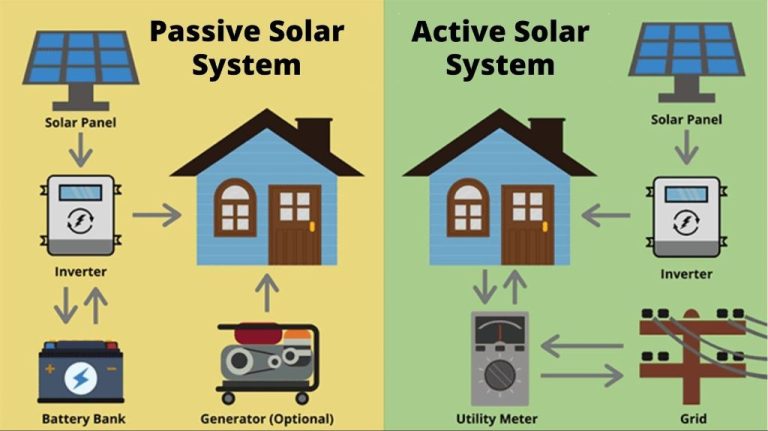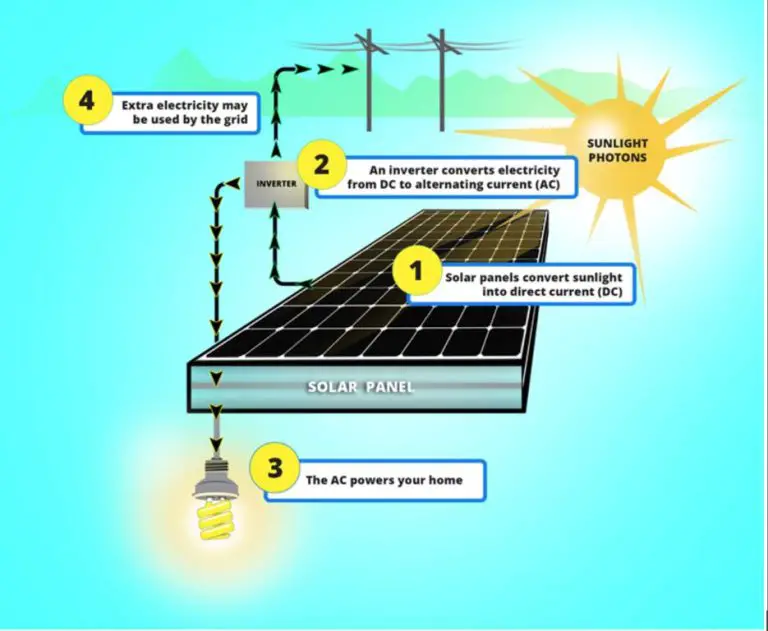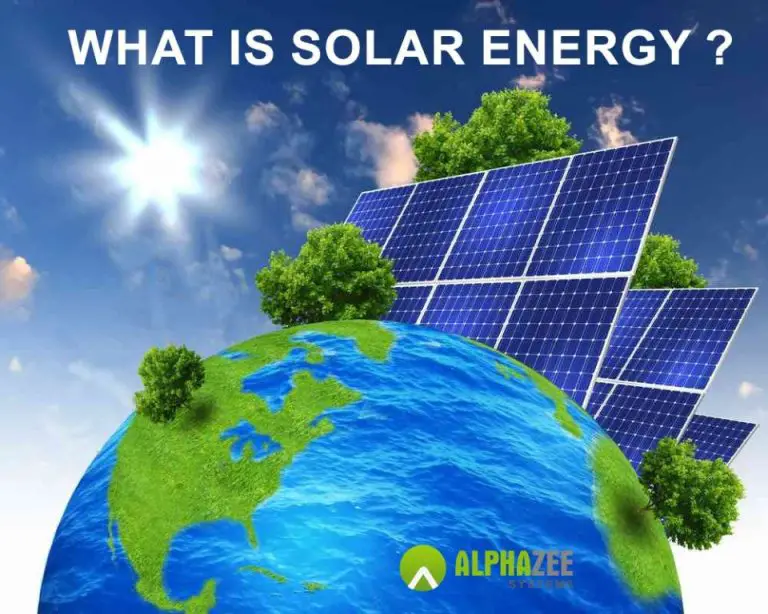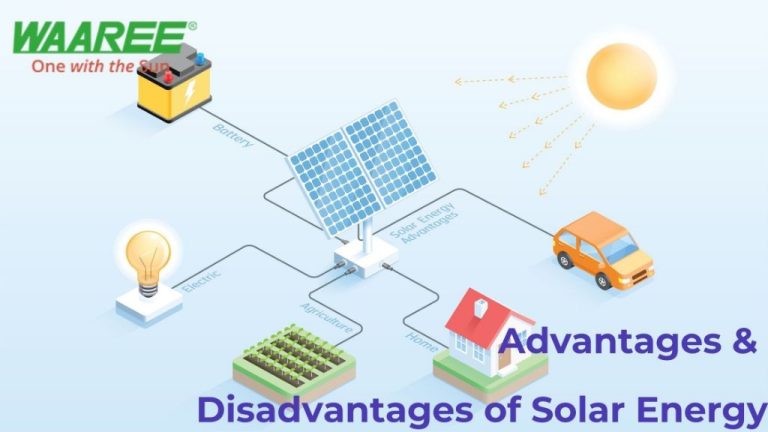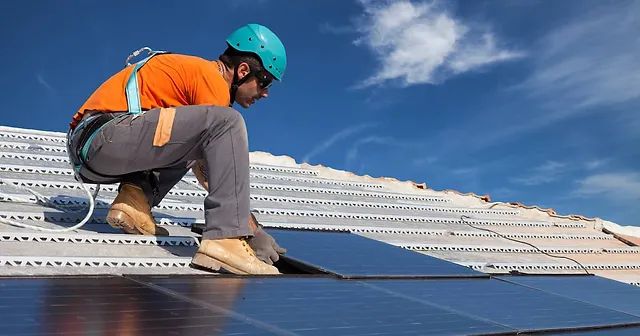Would The World Run On Solar Power?
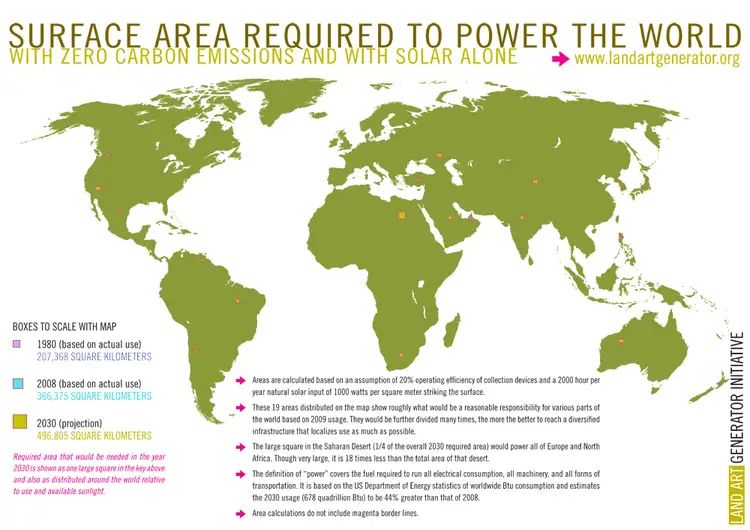
With the ever-growing demand for electricity and concerns about climate change impacts from burning fossil fuels, many are looking to renewable energy sources like solar power as the future of energy generation. Solar power has massive potential as the amount of sunlight striking the Earth’s surface in one hour contains more energy than all of humanity uses in an entire year (cite url). However, while solar energy capacity is rapidly expanding, it still only accounted for 3% of global electricity generation in 2019 (cite url). Significant challenges remain for solar to generate enough affordable, reliable electricity to meet all the world’s needs. This article examines the current state and potential of solar energy, the technological improvements and infrastructure required, and whether solar realistically be the dominant source of global electricity.
Current State of Solar Power
Solar power accounted for approximately 3% of global electricity generation in 2020, up from 0.5% in 2015 (Wikipedia). The top countries for solar power capacity as of 2021 include China, United States, Japan, and Germany (World Population Review). China leads with over 300 GW of installed capacity, which contributes around 5% of its electricity. In the United States, solar supplies about 3% of electricity demand. Globally, solar power capacity has been growing rapidly, with an average annual growth rate of over 20% from 2015-2020. Total installed capacity reached over 770 GW by the end of 2020, up from 227 GW in 2015 (Solar Power Guide). Key factors driving growth include declining costs, supportive policies, and increased deployment of utility-scale solar farms. This rapid growth is expected to continue as solar becomes increasingly cost-competitive with fossil fuels.
Solar Resource Potential
The theoretical potential of solar power is enormous, far exceeding global energy demand. According to the Global Solar Atlas, the total solar energy absorbed by Earth’s atmosphere, oceans and landmasses is nearly 3,850,000 exajoules (EJ) per year. In comparison, total global energy consumption in 2018 was estimated at 575 exajoules.
Studies by the World Bank Group have analyzed the technical potential of solar photovoltaics (PV), based on solar irradiance and viable land area. Their report Solar Photovoltaic Power Potential by Country found that suitable land could support over 50,000 TW of solar PV capacity globally. At 20% efficiency, this could generate around 105 petawatt-hours per year, far exceeding projected global electricity demand. Solar irradiance is abundantly available across most of the world, with PV potential over 3 kWh/kWp per day across 93% of the global population.
While intermittency and storage remain challenges, the potential solar resource available dwarfs global energy needs. Effectively harnessing even a fraction of this potential could allow solar to become a primary energy source globally.
Solar Power Technology
There are two main types of solar power technologies: photovoltaics (PV) which convert sunlight directly into electricity, and concentrated solar power (CSP) which uses mirrors to concentrate sunlight to drive traditional steam turbines. PV panels come in a variety of technologies with different conversion efficiencies and costs.
Over the past decade, solar panel efficiency has improved while costs have declined dramatically. The average efficiency of silicon solar panels has increased from 15% to over 22% [1]. Recent lab records have reached over 47% efficiency, though commercially available panels range from 16-22% [2]. This improvement is largely driven by research into advanced materials and novel cell designs.
CSP technologies can reach higher temperatures to drive steam turbines more efficiently. However, they require direct sunlight and large mirrors, thus have higher costs. Recent CSP innovations include molten salt storage allowing generation after sunset.
Overall, costs for both PV and CSP have fallen dramatically in recent years. Utility-scale PV system prices dropped over 90% in the past decade. Continued technological innovations and economies of scale will further advance solar power competitiveness.
Challenges & Limitations
While solar power holds great potential, some key challenges and limitations need to be addressed for it to viably supply a large share of global electricity demand. Two major challenges are intermittency and the need for energy storage. Solar power generation depends on sufficient daylight and sunny weather conditions, meaning it is an intermittent, variable resource.
“But the storage technologies most frequently coupled with solar power plants are electrochemical storage (batteries) with PV plants and thermal storage … ” (https://www.energy.gov/eere/solar/solar-integration-solar-energy-and-storage-basics). Energy storage solutions can help smooth out solar’s variability, but adding storage increases costs.
Another limitation is land use constraints. Utility-scale solar farms require significant land area, which can compete with other uses like agriculture. Rooftop solar on homes and buildings helps alleviate land pressures.
Finally, scaling up solar power requires major investments in transmission infrastructure to connect generating capacity with load centers. New high-voltage direct current lines may be needed to unlock solar potential in remote, sunny regions (https://www.seia.org/initiatives/solar-plus-storage).
Integrating Solar into the Grid
Integrating solar power into the electric grid presents challenges related to balancing supply and demand. Solar power generation depends on weather and time of day, meaning it can fluctuate unpredictably. This poses difficulties for grid operators who must balance supply from all sources with customer demand at all times to maintain reliability (https://www.nrel.gov/esif/renewable-energy-grid-integration.html).
To manage variability, grid operators rely on forecasting solar energy production and utilizing smart grid technologies. Advanced weather forecasting combined with modeling of solar installations helps predict solar generation more accurately. With better forecasts, grid operators can schedule the output of traditional generators more efficiently. Smart inverters can also smooth the output of solar panels (https://www.pnnl.gov/grid-integration-renewable-energy).
Other smart grid technologies like demand response programs, energy storage, and expanded transmission capacity also facilitate solar integration. These tools give grid managers greater flexibility to maintain balance as solar penetration increases.
Cost Competitiveness
The levelized cost of electricity (LCOE) from solar power has dropped dramatically in the past decade, making it highly competitive with fossil fuel sources like coal and gas. According to analysis from Lazard, the average unsubsidized LCOE for utility-scale solar photovoltaics is now $29-38 per MWh, lower than the range for coal ($65-159 per MWh) and combined cycle gas ($44-73 per MWh) (1). This crossover, where solar and wind have become cheaper than operating existing fossil fuel plants, represents a major shift in the economics of power generation.
Subsidies and incentives for renewables like solar, along with carbon pricing for fossil fuels, have helped accelerate this transition. However, even without subsidies, new solar and wind projects are still cost competitive. With the continuing cost declines projected for solar technology, market forces alone are expected to drive further growth in solar energy capacity (2).
(2) https://en.wikipedia.org/wiki/Cost_of_electricity_by_source
Solar Policy Support
Governments around the world have implemented various policies to incentivize and accelerate the adoption of solar power. These include financial incentives like tax credits, rebates, and feed-in tariffs as well as regulations like renewable portfolio standards (RPS) that require utilities to source a percentage of their electricity from renewable sources.
In the United States, federal tax credits have played a major role in the growth of solar power. The federal Investment Tax Credit (ITC) provides a 26% tax credit for systems installed in 2020-2022, which will step down to 22% in 2023 before expiring in 2024 for residential systems and stepping down to 10% permanently for commercial projects. Many U.S. states also offer additional incentives like rebates, tax exemptions, and net metering policies that enable solar system owners to sell excess power back to the grid [1].
As of 2021, 30 U.S. states and Washington D.C. have renewable portfolio standards that require utilities to source a portion of their electricity from solar or other renewable sources. For example, California’s RPS program requires 60% renewable energy by 2030 and 100% carbon-free electricity by 2045 [2]. Similar programs exist around the world, including the European Union which set a binding target of 32% renewable energy by 2030 across all member states [3].
Environmental & Social Impact
Solar power can provide significant reductions in greenhouse gas (GHG) emissions compared to fossil fuel-based electricity generation. According to the National Renewable Energy Lab, life cycle GHG emissions from solar photovoltaics are 89% lower than those from coal power plants (https://www.nrel.gov/analysis/life-cycle-assessment.html). Recent studies also show that solar PV has a carbon footprint under 50g CO2/kWh over its life cycle, compared to around 1000g CO2/kWh for coal power (https://www.world-nuclear.org/uploadedfiles/org/wna/publications/working_group_reports/comparison_of_lifecycle.pdf). Widespread adoption of solar energy can help nations meet their climate goals under the Paris Agreement.
In addition to environmental benefits, growth in the solar industry creates economic opportunities through job creation. The solar workforce has expanded significantly in recent years, employing over 250,000 Americans in 2020, with demand for qualified workers continuing to rise (Solar Energy Industries Association). Solar jobs increased by 4% from 2018 to 2019 at a time when U.S. employment only rose 1.5% (The Solar Foundation).
However, large-scale solar projects can raise concerns over land use. Utility-scale solar farms require significant land areas, so site selection should aim to minimize biodiversity loss and agricultural impacts. Using areas of degraded or low-value land can help reduce conflicts. Rooftop solar on homes and commercial buildings maximizes land use efficiency. Overall, careful planning and siting can allow solar expansion while protecting critical ecosystems.
Future Outlook
The future outlook for solar power is very promising, with projections showing solar power making significant continued growth globally to potentially meet a substantial portion of electricity demand.
According to Deloitte analysis, solar power in the U.S. could grow from providing under 4% of electricity generation today to providing over 20% by 2035 and up to 45% by 2050. The SEIA projects that solar power could quadruple in capacity over the next 10 years, accounting for 20% of total U.S. electricity generation by 2030.
Globally, the IEA forecasts that solar PV alone could provide up to 16% of total electricity generation by 2050 in their net zero scenario. Under more aggressive projections, solar PV could reach over 30% globally by 2050. This massive growth would require sustained policy support and Trillions in investment, but demonstrates solar’s potential to play a major role in decarbonizing the energy system.
Realizing these growth projections represents an enormous opportunity but also faces challenges around integrating variable solar generation, transmission capacity, energy storage technology, and ensuring solar power’s competitiveness against other generation sources. Overall the future is bright for solar, but getting there will require surmounting remaining technical and economic hurdles.

